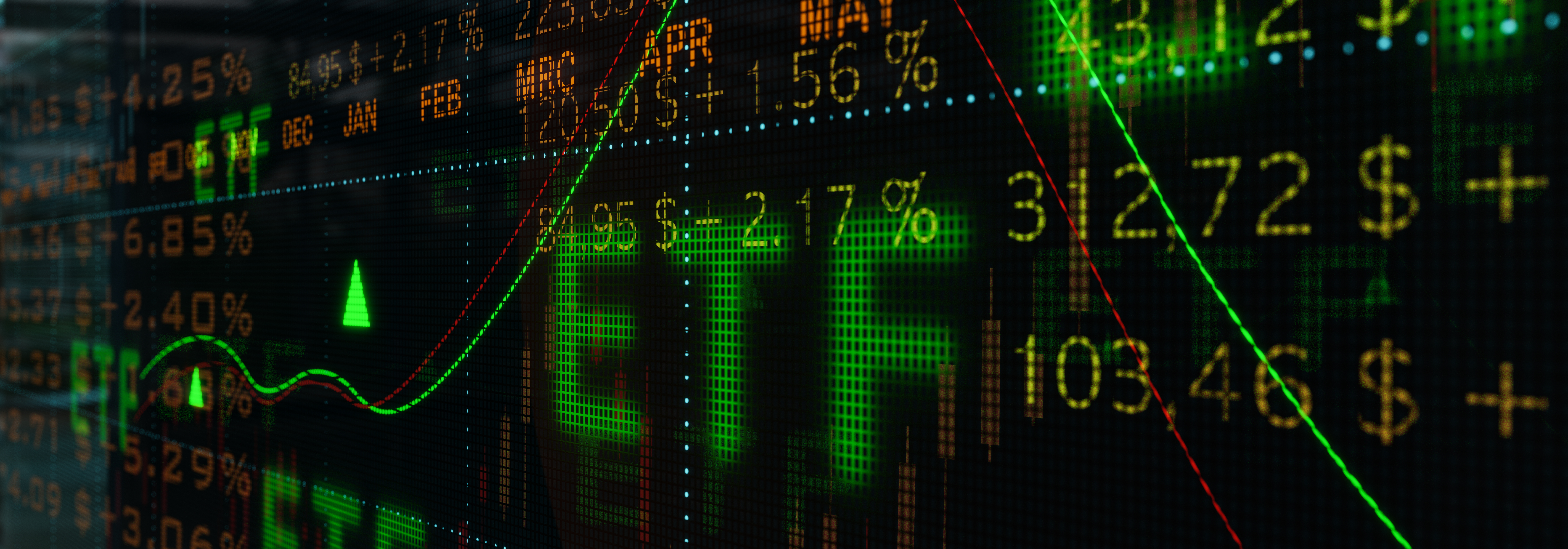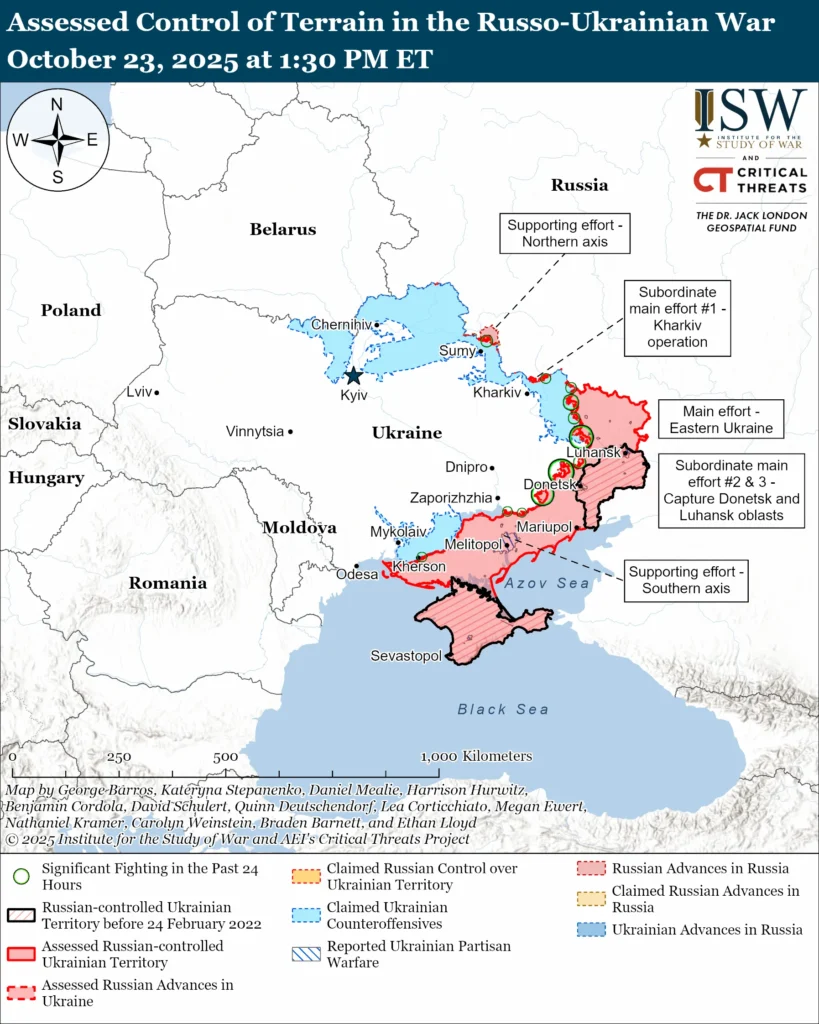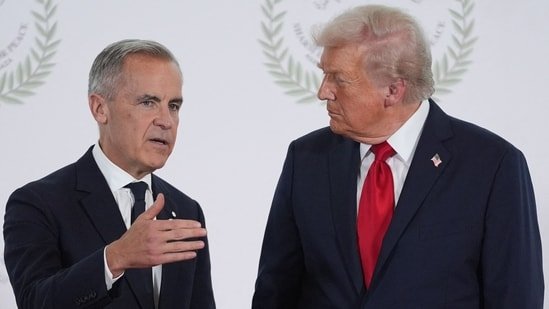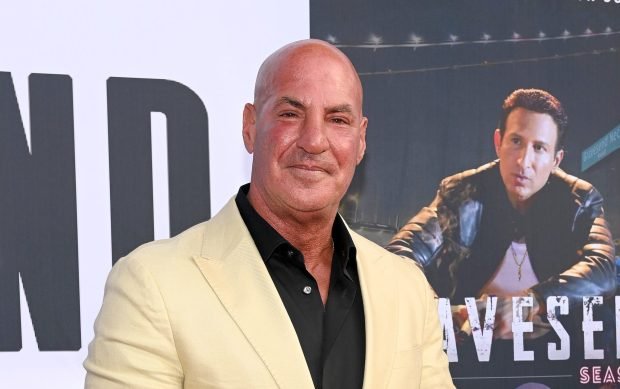Turning an initial $10,000 investment into $12 million is actually easier than it sounds.
Turning a $10,000 investment into $12.5 million with little effort may sound impossible, but it’s not. You’re just going to need time, some strong growth exchange-traded funds (ETFs), and the ability to dollar-cost average into these funds.
However, if you make a $10,000 initial investment into an ETF and consistently add $2,000 each month thereafter for the next 30 years, you will have more than $12.5 million with just a 15.3% average annual return. Why use 15.3%? Because that’s the average yearly return of the S&P 500 over the past decade. This doesn’t mean the S&P 500 will return 15.3% annually over the next 10 years, but it’s safe to say that over the next few decades, the return profile of the broad market index isn’t going to change much, barring a sea change in the American economy.
ETFs aim for specific risk and reward profiles. Consequently, their average returns don’t fluctuate much over time. With that, let’s look at three ETFs focused on growth stocks that have easily surpassed the S&P 500’s returns over the past decade and that could push that number even higher.

Image source: Getty Images.
The Invesco QQQ Trust
While an S&P 500-focused ETF is a solid choice and could potentially get you to a $12 million nest egg, the simple fact is that the Invesco QQQ Trust (QQQ 0.03%) has consistently outperformed the benchmark index over the past decade and beyond. Over the past 10 years, the ETF has generated a 536.4% cumulative return, or 20.3% on an annual basis, compared to a 315.3% cumulative return, or 15.3% from the S&P. That’s a big difference that adds up.
What’s even more striking is that the Invesco QQQ Trust has outperformed the S&P 500 more than 87% of the time on a rolling-12-month basis during this stretch. That shows that the ETF hasn’t outperformed just because of one or two big years, but that it’s done it on a consistent basis.
The Invesco QQQ Trust includes the top companies leading the artificial intelligence (AI) charge. And with AI still in its early innings, it looks poised to continue to outperform over the long term.
The Vanguard Growth ETF
Another strong growth ETF to invest in is the Vanguard Growth ETF (VUG 0.04%). Like the Invesco QQQ Trust, its performance has also decidedly outpaced that of the S&P 500. The reason is simple. Growth stocks have outperformed value stocks for much of the past decade, and the Vanguard Growth ETF essentially tracks the growth side of the S&P 500.
The performance of the ETF compared to its value counterpart, the Vanguard Value ETF (VTV +0.11%), is striking. The growth ETF has generated an 18% annual return over the past 10 years, while the value ETF has given investors only a 12.1% yearly gain.
By focusing on growth sectors, such as tech and consumer discretionary, and deemphasizing sectors like financials and industrial, the Vanguard Growth ETF is well positioned to outperform the S&P over the coming decade.
The Vanguard Information Technology ETF
For investors who really want to shoot for the moon, the Vanguard Information Technology ETF (VGT 0.10%) could be your ticket to immense gains. The fund invests only in technology stocks, and it is heavily concentrated in its three stock holdings of Nvidia (NVDA 0.81%), Apple (AAPL +0.20%), and Microsoft (MSFT +0.17%). Combined, these three stocks account for nearly 44% of the ETF’s holdings, with Nvidia alone accounting for more than 17%. Apple and Microsoft, meanwhile, are both more than 13% positions.
While that type of concentration adds more risk, it also increases the potential reward. This is evident from the ETF’s performance. Over the past 10 years, it has had an average annual return of 23.4%, easily the best of any Vanguard ETF.
If we go back to our original equation and plug in a 23.4% yearly return on a $10,000 investment with $2,000 added monthly, your return at the end of 30 years would be a massive $67.5 million. Now, getting that type of return over such a long stretch is probably unlikely, but it still shows the immense power of dollar-cost averaging and long-term compounding.
With technology continuing to reshape the world we live in, investing in growth-oriented ETFs with heavy tech exposure continues to be a solid strategy. The best thing about ETFs like the ones above is that you can just set your investments on autopilot and not worry about picking individual stocks.







